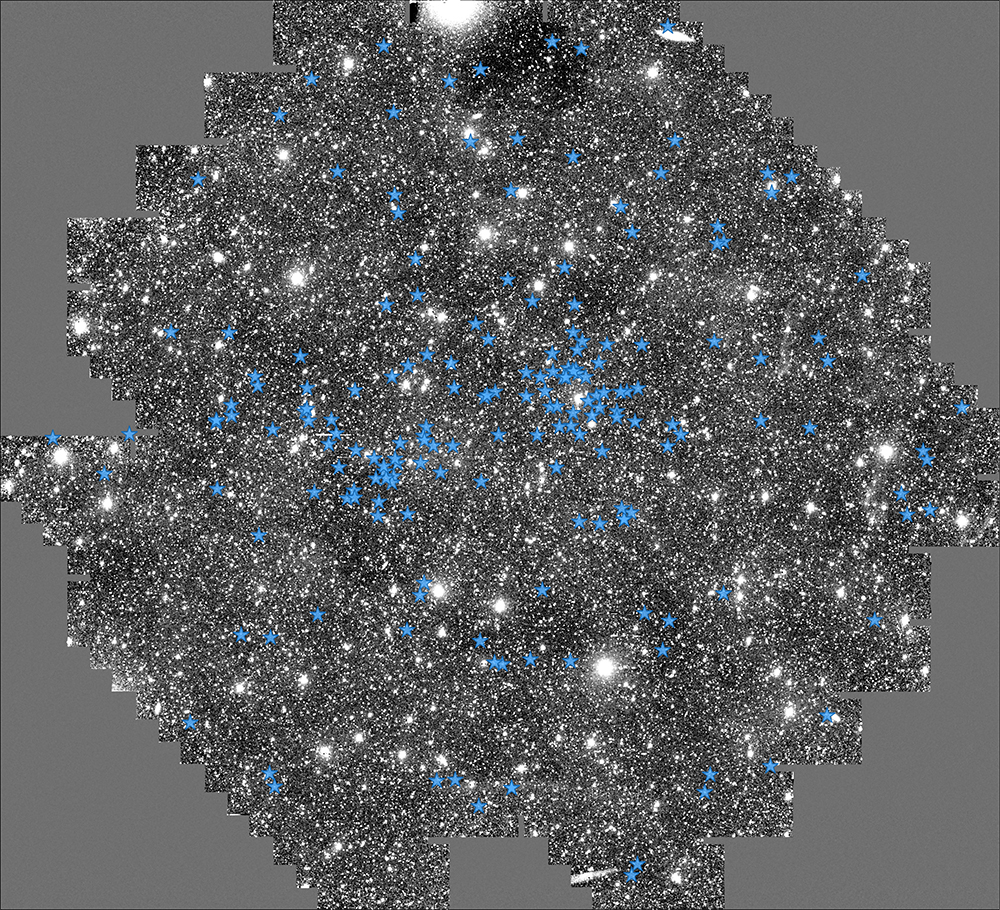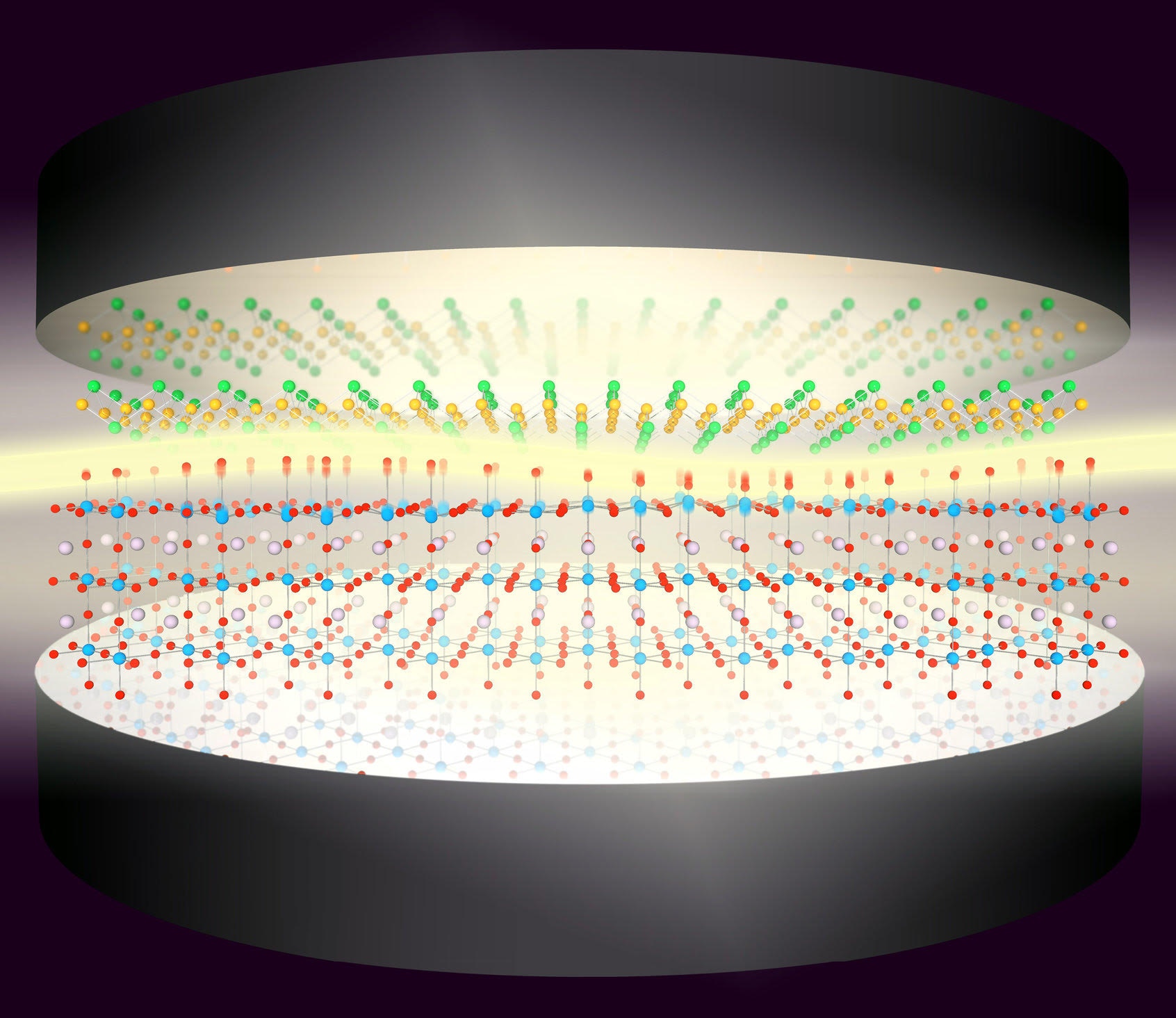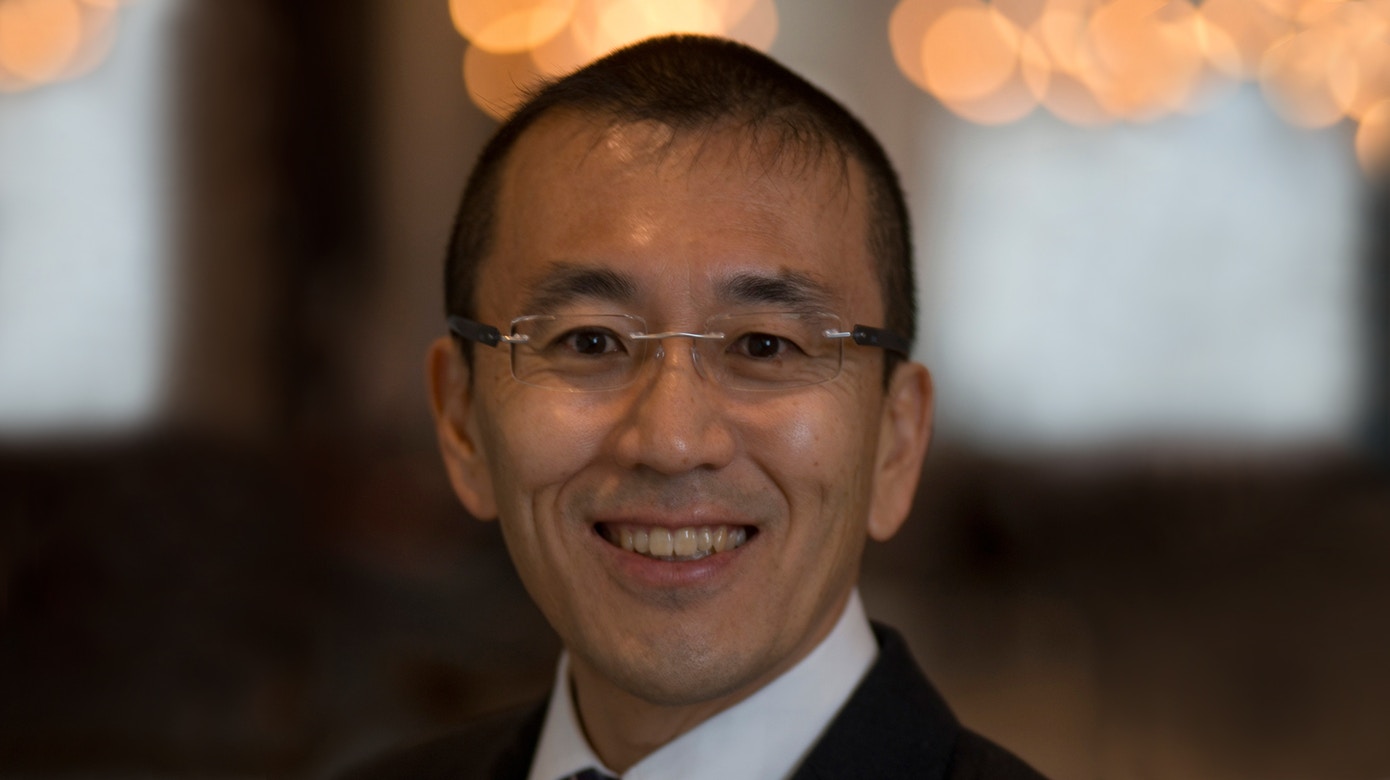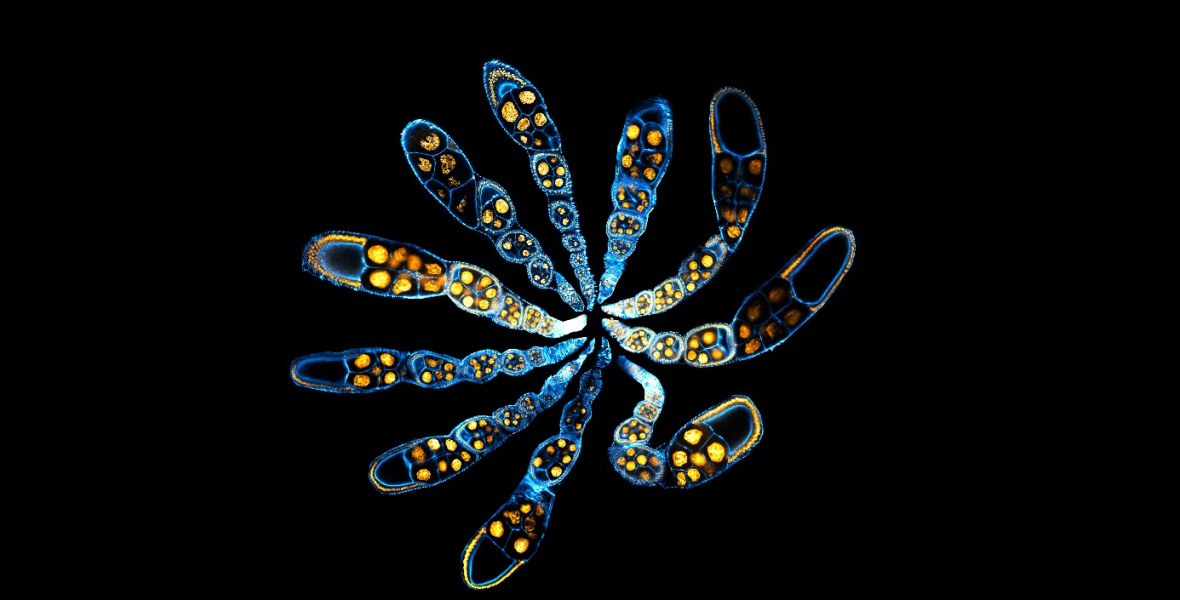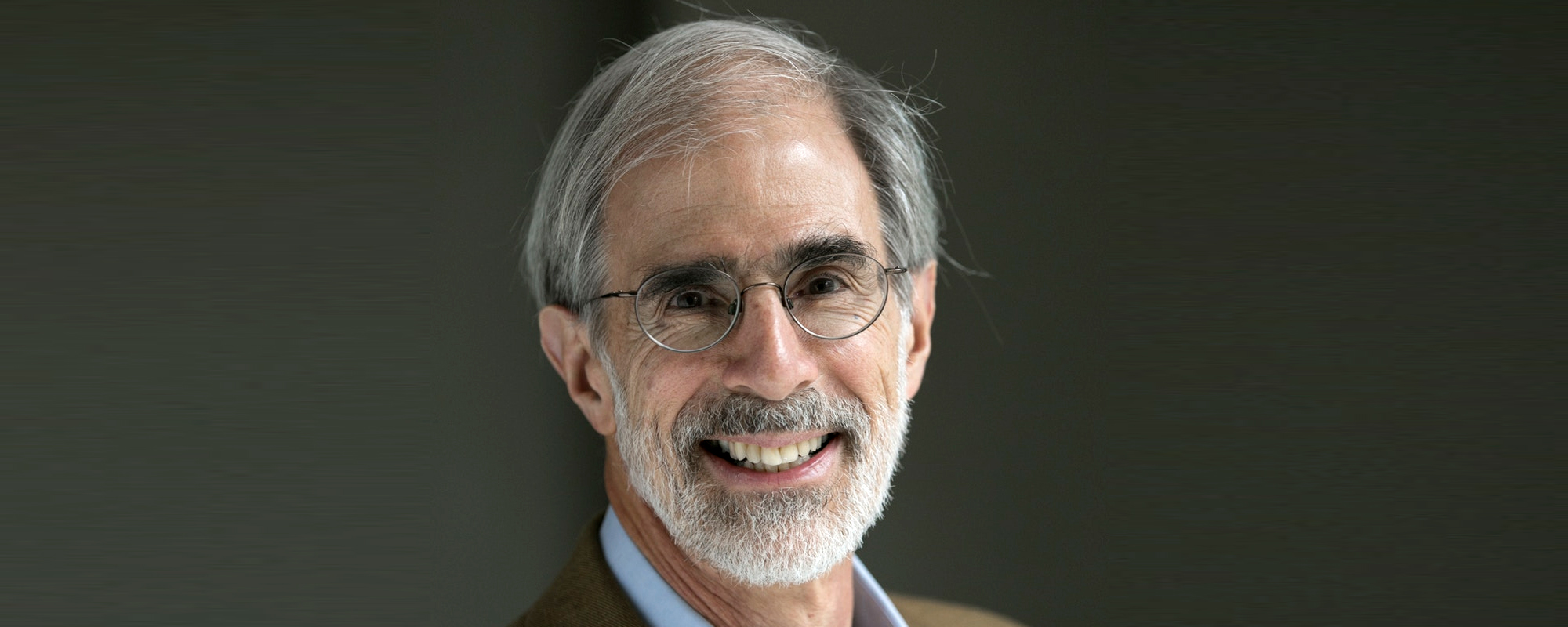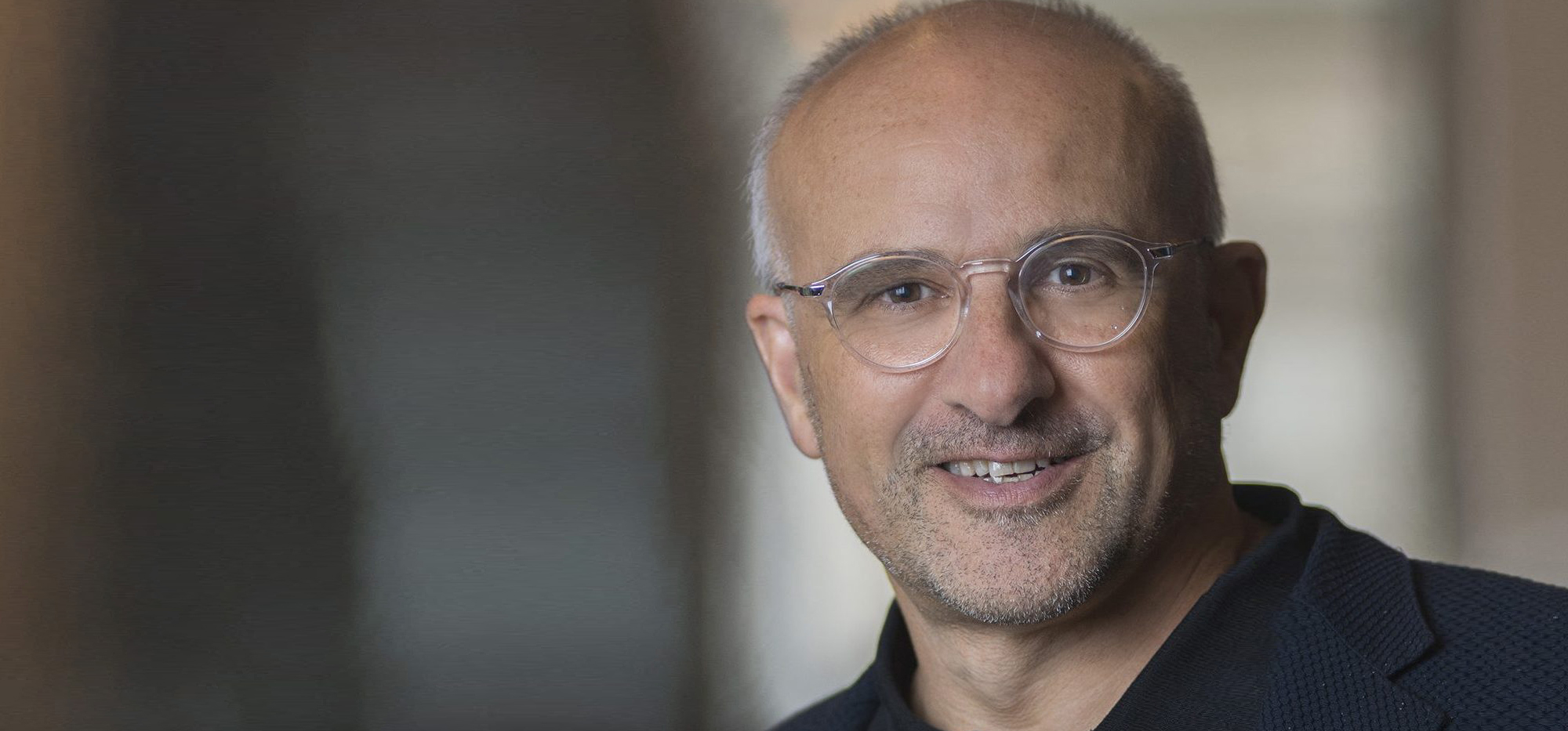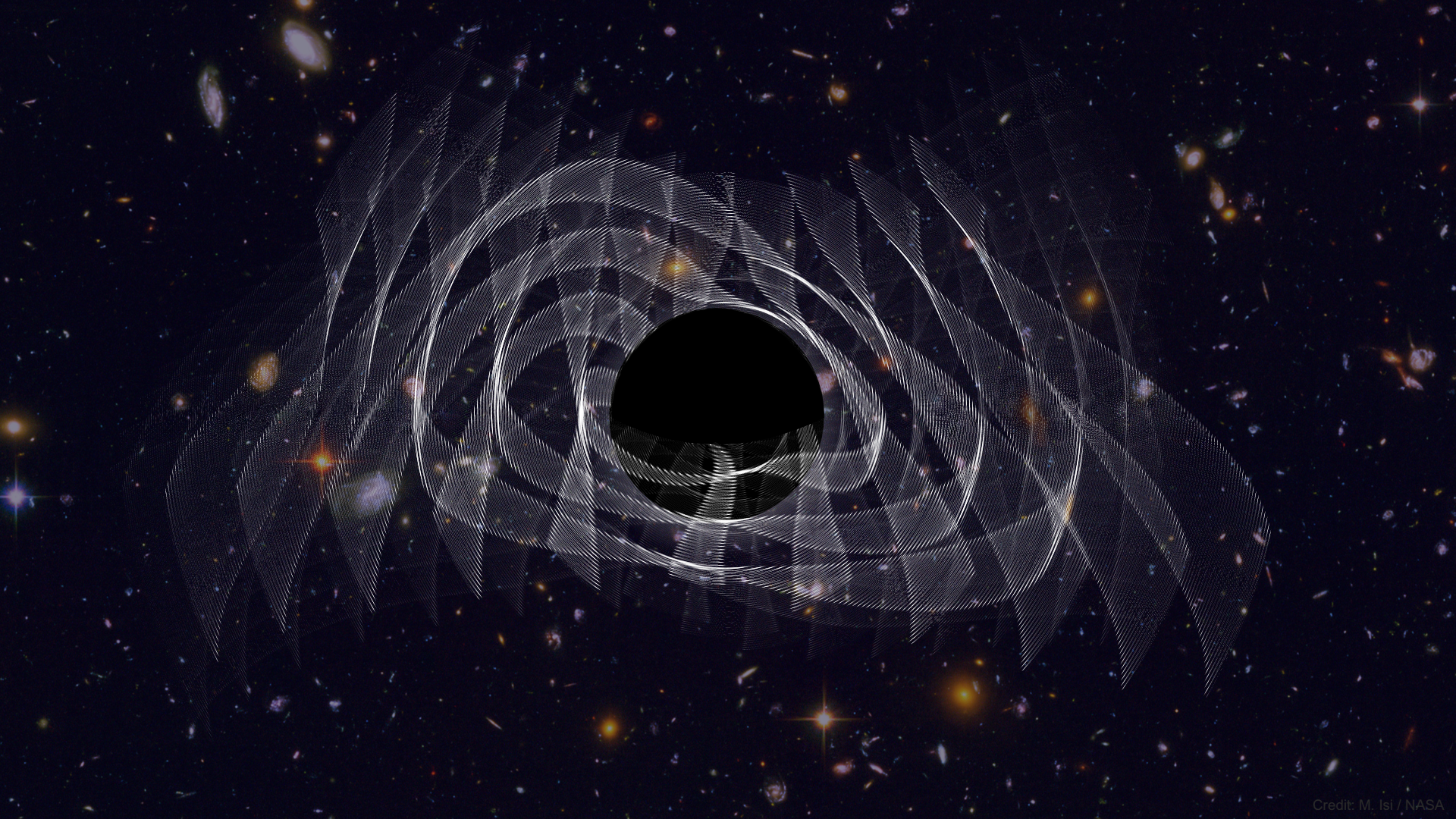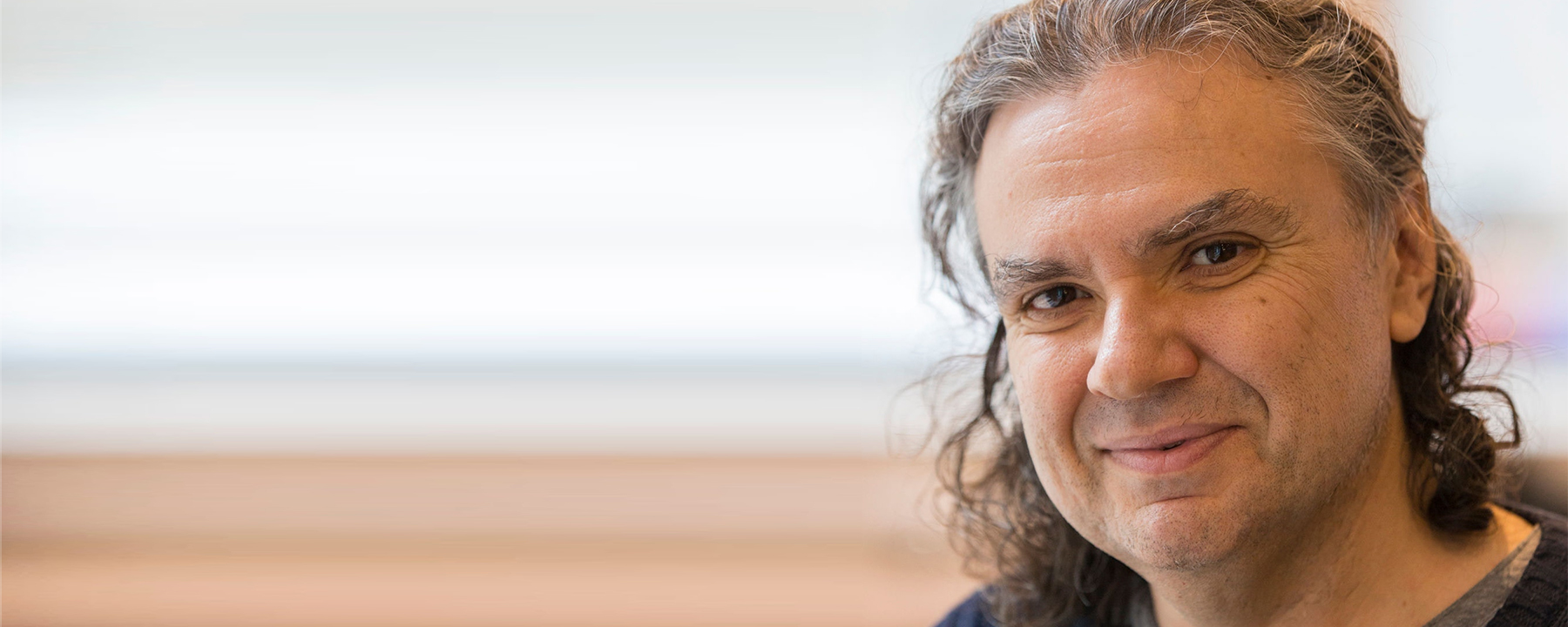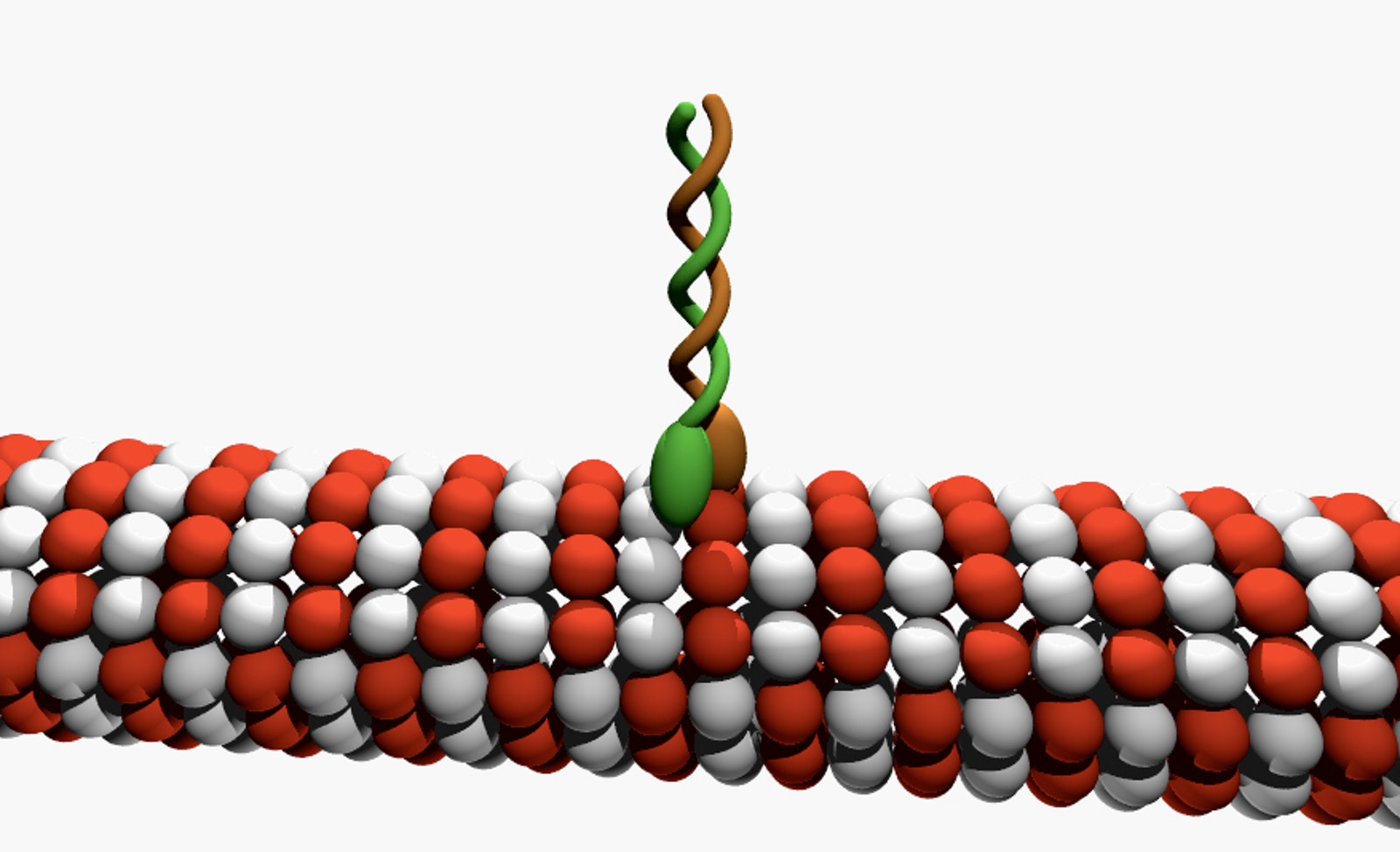
Quanta Magazine Launches New Podcast, ‘The Joy of x’
Simons Foundation, January 2020Quanta Magazine is expanding its illumination of fundamental math and science with a new podcast titled “The Joy of x.” Hosted by mathematician Steven Strogatz, the new series features intimate conversations with scientists about their work, discoveries, frustrations and journeys.
